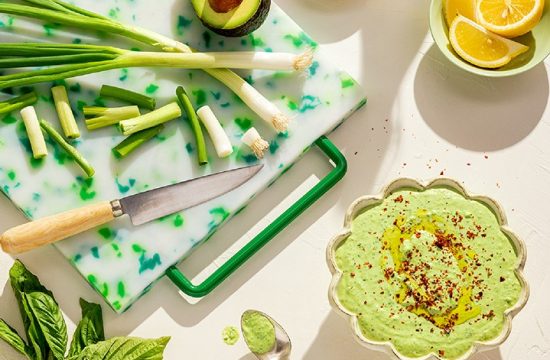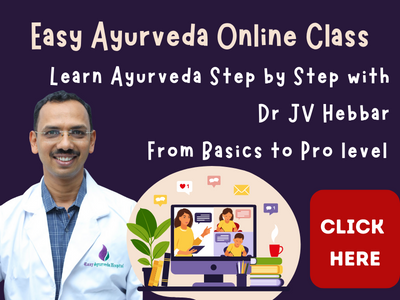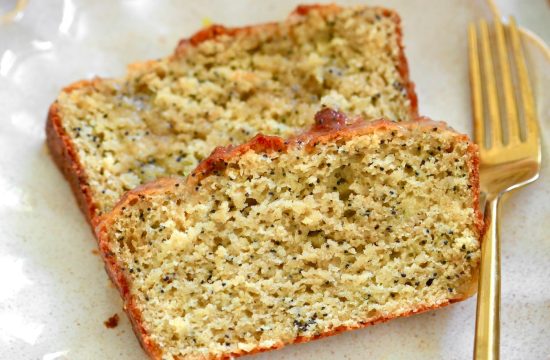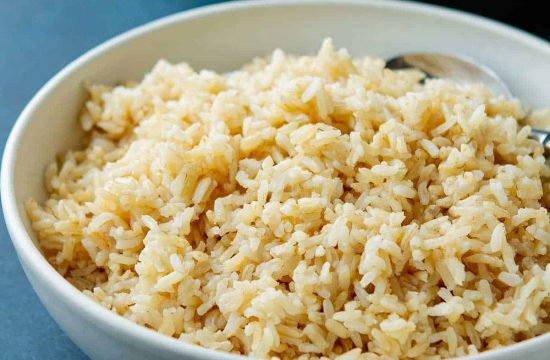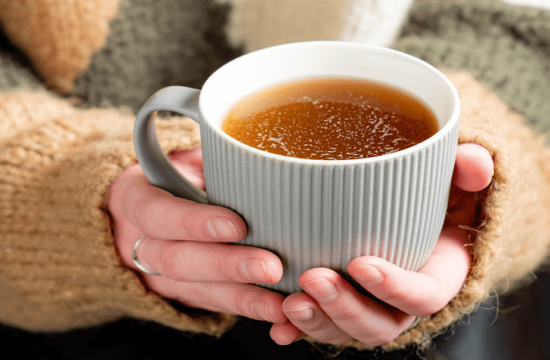Article by Dr Raghuram Y.S. MD (Ay) & Dr Manasa, B.A.M.S
Greevastambha Meaning
The word Greevastambha is made up of two terms –
– Greeva – which means neck
– Stambha – which means stiffness / rigidity / inability to move
Putting both terms together, Greevastambha can be understood as a condition in which a person who is afflicted by this condition has developed ‘stiffness in the neck’. As a result, he finds it difficult to move his neck around easily in contrast to what he could do when he is not afflicted by this condition.
Greevastambha: A vata nanatmaja vyadhi
There is no elaborate explanation of greevastambha in the Ayurveda treatises. But we can see that Greevastambha has been mentioned amongst the vata nanatmaja vyadhis. Vata Nanatmaja Vyadhi / Rogas are those diseases which are caused by ‘aggravation of only vata’ without involvement or association of any other dosha. They are eight in number and Greevastambha is one among them. It is just a mention and no description of this disease is available.
But since it is a vata disorder, we need to explore and understand it.
Nidana: Etiological factors for Greevastambha
The generalized etiological factors which have been mentioned as causal for ‘vata vyadhi’ – specific and special disorders caused by vata – can be considered as causative factors of greevastambha.
These include the foods, lifestyle activities, behaviours, postures, injuries and seasons which bring about pathological increase / aggravation of vata.
Samprapti: Pathogenesis of Greevastambha
Excessive consumption or exposure to vata aggravating etiological factors will lead to abnormal increase of vata in the body. This vata can cause or initiate a disease process in any susceptible area of the body while being in a state of prasara – pathological spread. In Greevastambha, the neck region is the weak and susceptible region of the body which attracts vata.
Vata on getting lodged in the region of the neck, which basically belongs to kapha, overpowers kapha, causes its dryness and produces stiffness and rigidity of the neck. Vata would also dry up the supporting structures and soft tissues therein, including the joints, muscles, tendons, ligaments and veins. This leads to Greevastambha. When this pathology happens only in the back of the neck, it will be called Manyastambha.
Excessive consumption / exposure to Vata aggravating Nidanas – etiological factors
↓
Aggravation of vata in its seat
↓
Spread of aggravated vata
↓
Vata getting localized in the neck region
↓
Dryness and damage of the tissues in the neck by aggravated vata
↓
Manifestation of stiffness, difficulty in moving the neck, pain etc symptoms
↓
Greevastambha
Symptoms of Greevastambha
The symptoms of Greevastambha too have not been detailed anywhere. The name of the disease itself reflects its chief complaint.
So, the main symptom of Greevastambha is stambha of greeva i.e. stiffness of the neck.
Not limiting to ‘stiffness’ the meaning of stambha includes all other features of the disease which manifest after the neck becomes stiff being afflicted by vata.
Inability to move or rotate the neck freely, pain in the neck, mal-positioning of the neck and headache are some of the symptoms associated with greevastambha.
Treatment principles of Greevastambha
Nidana Parivarjana – Avoidance of etiological factors is the first and foremost principle of managing Greevastambha. All vata aggravating causes should be avoided. The potential causes which have caused greevastambha shall be identified and isolated. This helps in recovery from the condition and prevents its progression.
Treating Vata – Since vata is the main dosha causing greevastambha, the manifested cases should be treated with vata alleviating and balancing measures and medicines.
External Measures –
The below mentioned external therapies will be immensely helpful in the treatment of greevastambha –
– Abhyanga – with oils prepared with vata alleviating herbs – including Ksheerabala Taila, Mahamasha Taila, Balashwagandha Taila, Gandharvahastadi Taila, Mahanarayana Taila, Prasarinyadi Taila etc.
– Swedana – Nadi Sweda – tubular sudation is useful. Also are useful – Patrapinda Sweda and Shashtika Shali Pinda Sweda.
– Lepa and Upanaha – Pastes prepared with vata alleviating herbs shall be used for anointing and poultice.
– Greeva Vasti – oil pooling over the back of the neck is onen of the best and specific remedies for greevastambha. It is administered in combination with abhyanga and swedana, usually done after greeva vasti. The same oils used for abhyanga can be used for the purpose of greeva vasti.
Internal Measures –
– Snehapana – oral consumption of metered doses of medicated ghee / oil or both – ex – Guggulutiktaka Ghrta, Ksheerabala Taila, Mahamasha Taila
– Nasya – nasal instillation of medicated oils – Ksheerabala Taila 101, Shadbindu Taila, Masha Taila
– Vasti – use of medicated oils / ghee or both in the form of errhine – Guggulutiktaka Ghrita, Ksheerabala Taila,
Beneficial formulations
– Prasarinyadi Kashayam
– Maharasnadi Kashayam
– Rasonadi Kashayam
– Gandharvahastadi Kashayam
– Dashamula Kashayam
– Balarishtam
– Ashwagandharishtam
– Dashamularishtam
– Yogaraja Guggulu
– Mahayogaraja Guggulu
– Rasnadi Guggulu
– Guggulutiktaka Ghritam
– Mahavatavidhwans Ras
Beneficial Yoga Poses
– Sukhasana – Easy Pose
– Marjari asana – Cat Pose|
– Ushtrasana – Camel Pose
– Tadasana – Mountain Pose
– Balasana – Child’s Pose
– Bhujanasana – Cobra pose
– Ardha Matsyendrasana – Sitting Half Spina Split
– Dhanurasana – Bow Pose
– Sethubandhasana – Bridge Pose
– Matsyasana – Fish Pose
Modern Correlation
Greevastambha has been popularly compared to Cervical Spondylosis. It is a condition which affects the discs in between the cervical vertebrae as a part of age-related wear and tear. There is dehydration and shrinkage of the discs. It is a very common condition which worsens with ageing. More than 85% of afflicted people are older than 60 years of age. Pain and stiffness of the neck are the common symptoms of this condition.
Related Reading – Cervical Spondylosis






